Children seem to be able to pick up languages naturally from a very young age, so why is it different for adults to learn a new language?
Researchers think that infancy is a critical period for language development.
A critical period is a specific time span during development where children are especially sensitive to their environment, so it’s the best opportunity for learning. The critical period may be a result of high plasticity of the brain during early childhood. Plasticity is the ability of the brain to change its structure and function in response to learning experiences such as language exposure which decreases with age.
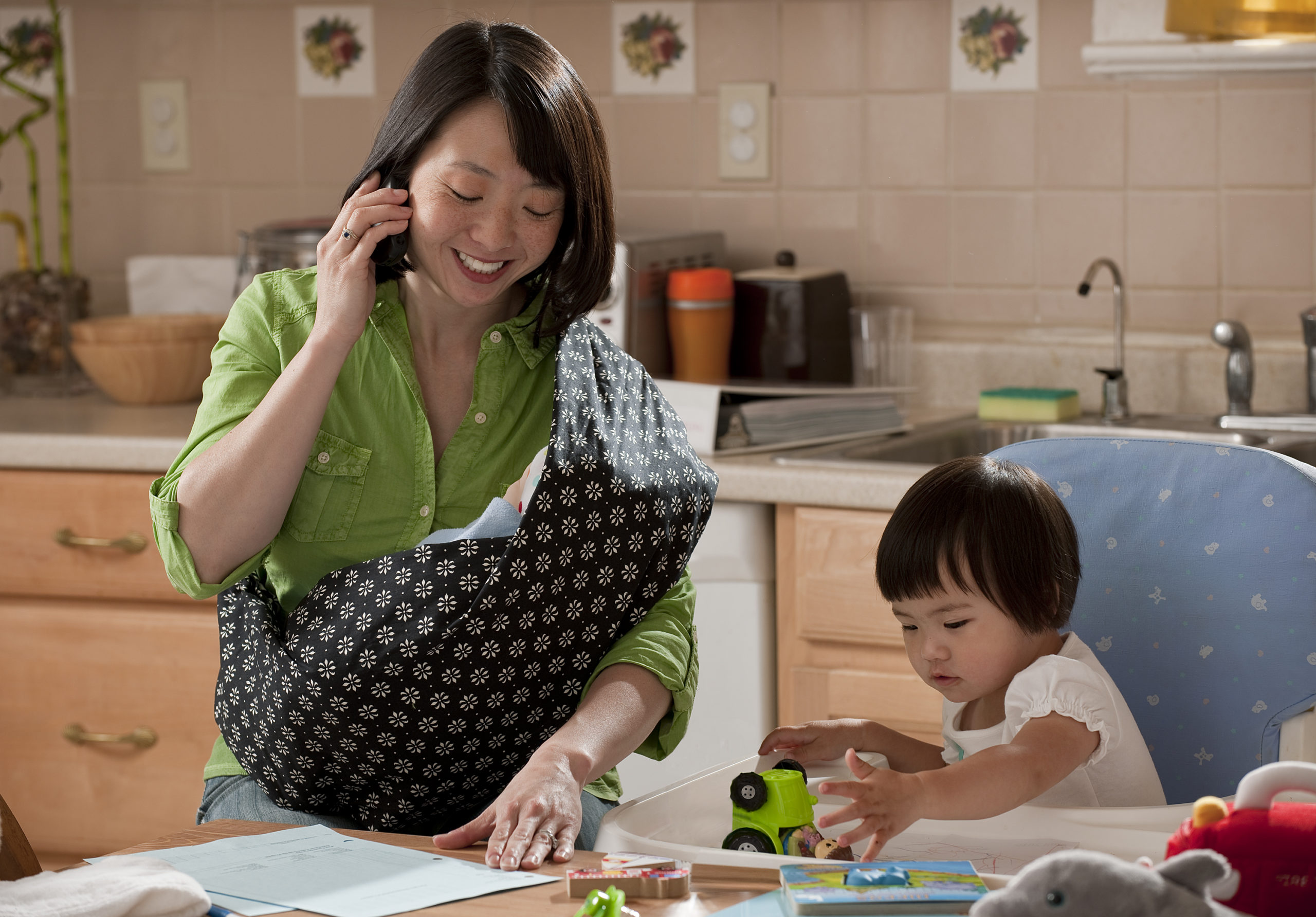
According to the critical period hypothesis, simply exposing babies to a language during the critical period is enough for them to pick up on the complex grammar system of that language. Children are born ready to learn any language that they hear or see. This may explain the difference in language learning between children and adults. When adults learn a new language, they need to be taught new words and grammar rules explicitly, whereas children can pick up on these rules just by hearing the spoken language or just by seeing the signed language. Adults typically learn a new language by taking a language course or using an app like Duolingo. But babies and young children don’t need a textbook, or really any instructions, to learn their native language!
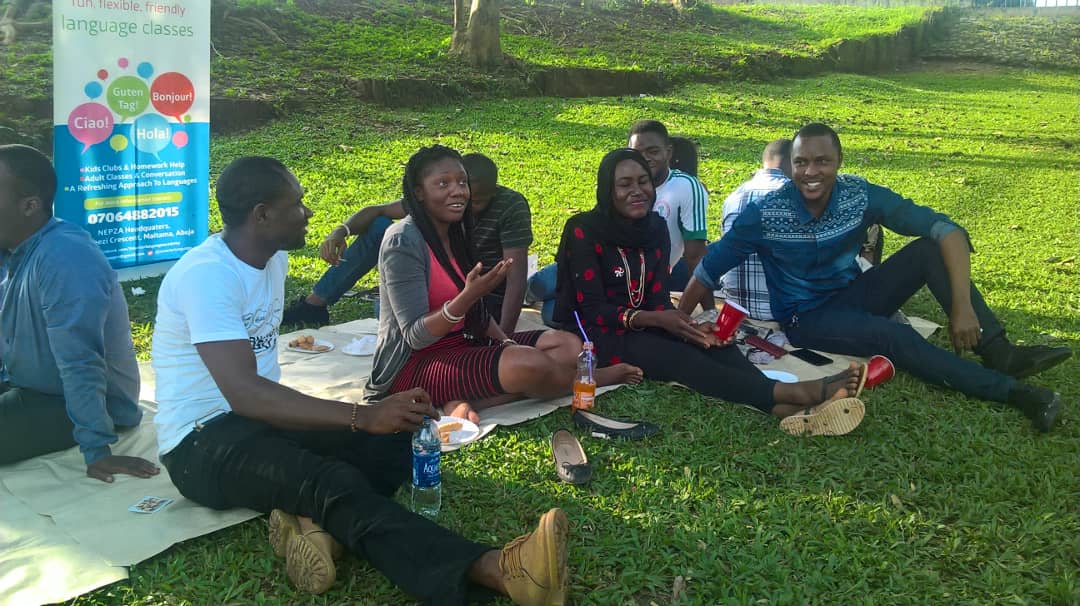
The critical period for language learning begins at birth, and research suggests that the ability to learn a new language to “native-like” levels drops off around the beginning of adolescence, a theory popularized by Eric Lenneberg (1967). This is why you might notice that people who learned a different language as an adult have more of an “accent” than people who learn a new language as a child. Adolescence isn’t a definitive end – it’s not the case that language learning suddenly gets harder the day after your 12th birthday, but it does decline, and the exact window may vary between people.
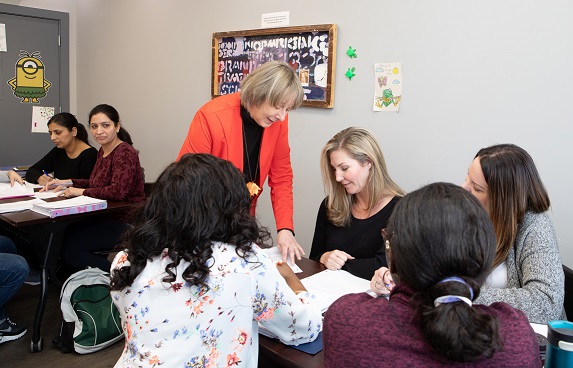
Furthermore, within the critical period, different aspects of language have different windows for optimal learning. For example, the critical period for learning your language’s phonemic inventory (the sounds of a language) seems to be within the first year of a baby’s life, but the critical period for syntax (the structure of a language) seems to extend longer, until around the age of 4. But remember, these time frames are flexible, and millions of people learn new languages past the age of 5!
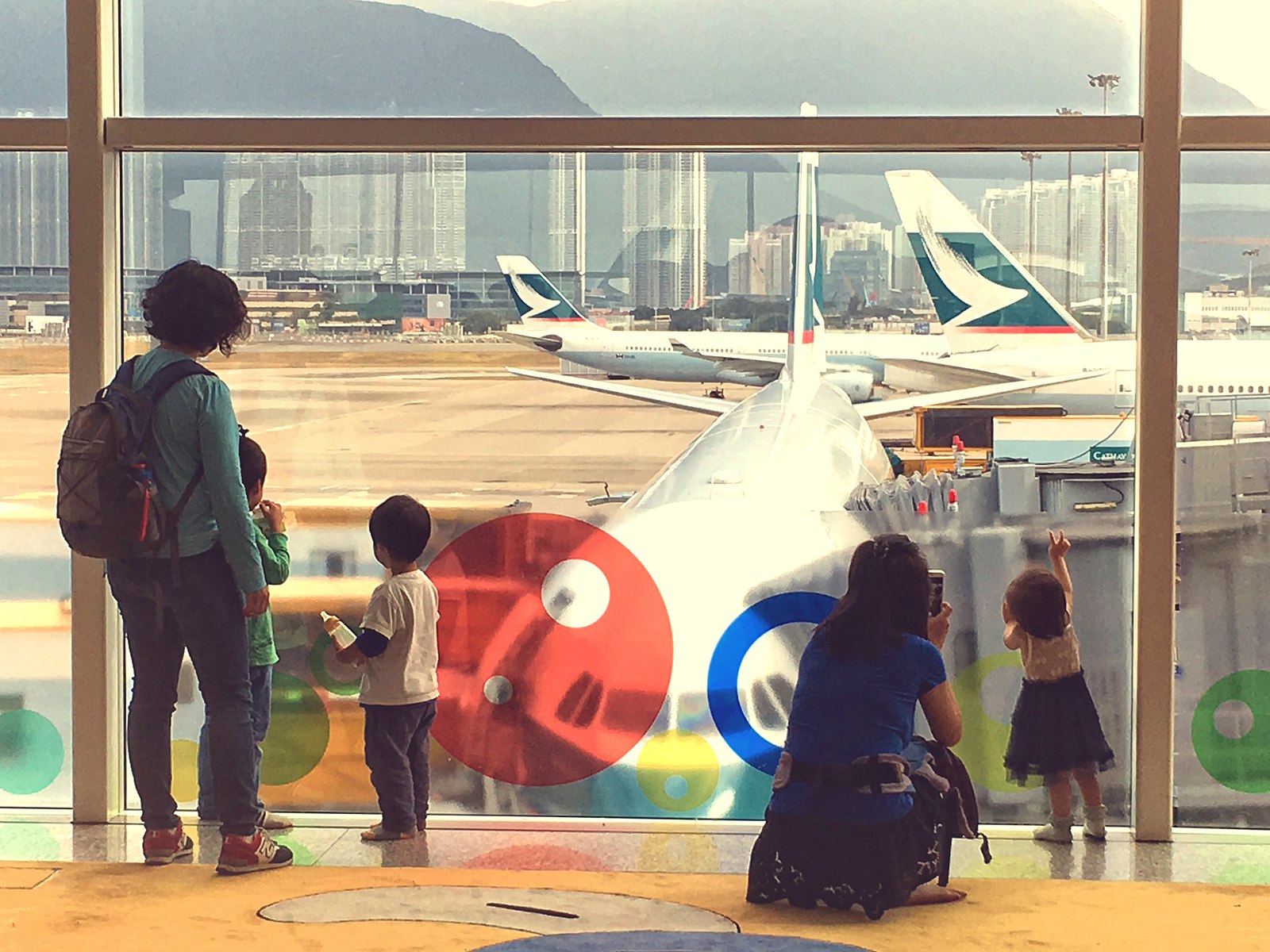
The critical period hypothesis may explain why children learn language automatically, while adults have a harder time picking up a new language. Don’t worry– it’s not impossible to learn a new language in adulthood, but those who started learning after adolescence will most likely need more explicit support than those who started learning during the critical period.
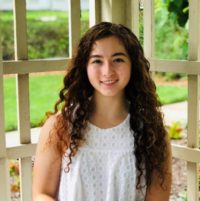
catherine Byun
Author
Catherine is a sophomore at Duke studying biology and psychology with hopes of going to medical school after she graduates. She is interested in how children’s environments affect language acquisition during early childhood and how this intersects with the natural biological components of language learning. Outside of school she enjoys working out, hiking, and cooking.